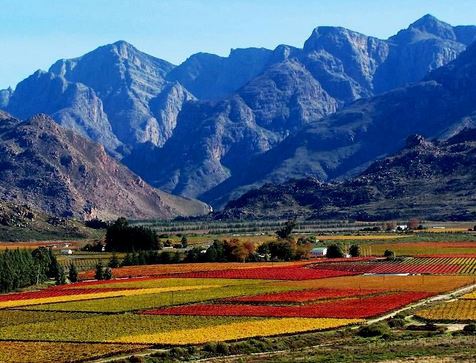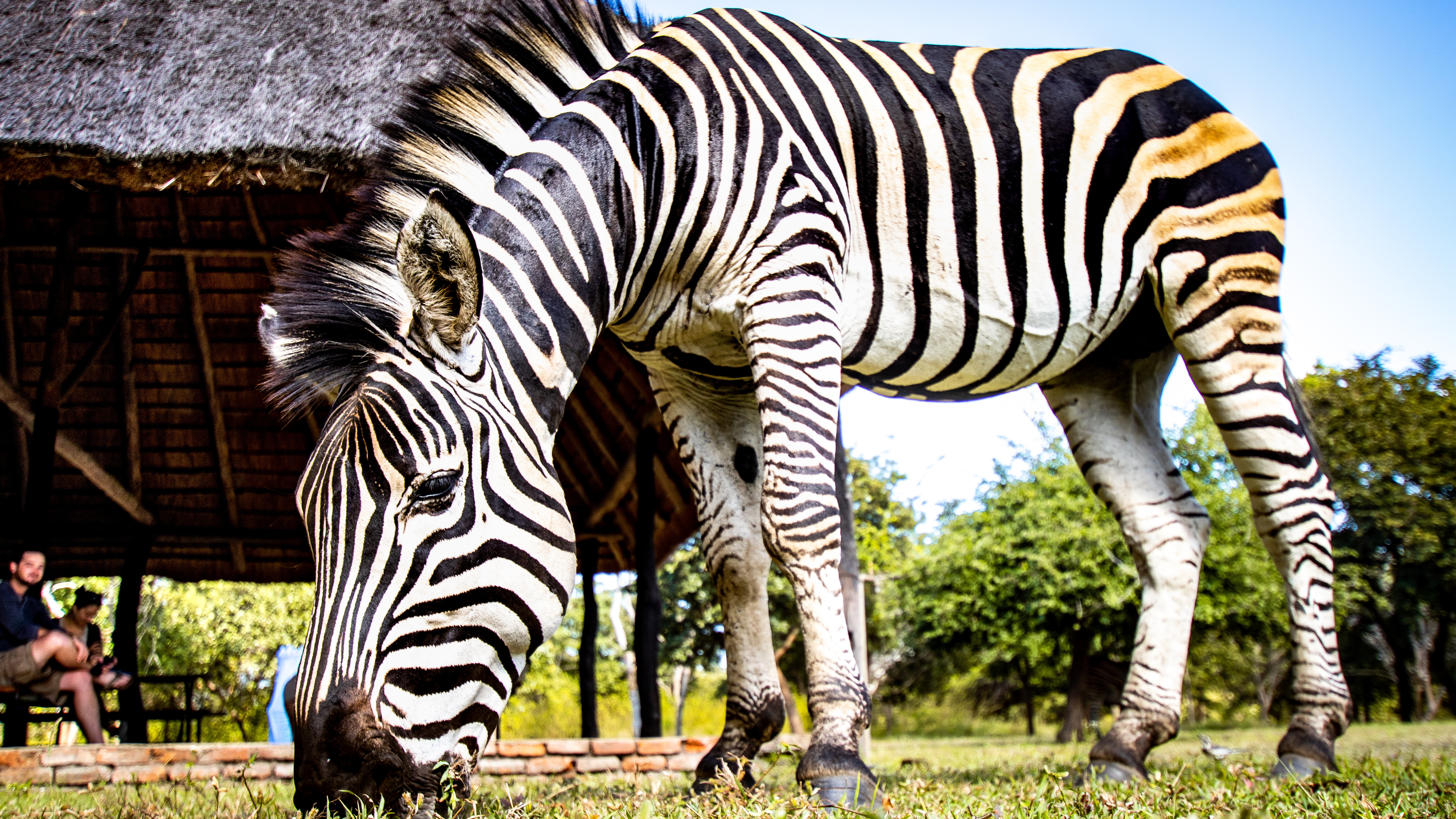Climate
Climate in South Africa
South Africa is in the southern hemisphere. The sun is at its peak here in December and in the afternoon in the north! The seasons are therefore the opposite of those in Europe. The climate is mostly temperate, only the fringe areas in the east have a subtropical climate. In the south-west a Mediterranean climate dominates. In the central mountain country, the temperature rarely climbs above 30 degrees.
Even further north the climate is dry and hot. It is warmest on the east coast with an average temperature of 20.6 degrees Celsius in Durban. During the day it becomes 27 degrees on average in Durban in the summer and 22 degrees in the winter. The temperature on the west coast is kept uniformly low by the cold Benguela stream and on the east coast is kept uniformly high by the warm Agulhals stream. The hottest month in the interior is January and the hottest month on the coast is February. In the north, October and November are warm months due to the summer rains.
In the higher inland, it regularly freezes, in the mountainous southeast even more than 100 nights per year. Due to the low humidity there is no more than a thin layer of snow. In 2/3 of South Africa less than 500 mm of precipitation falls per year. Most precipitation falls in the north and east of South Africa in the summer time. In Cape Town, however, most rain falls in the months of June to September (winter time). The rain often falls in short heavy showers, after which the sun shines quickly again. The least rain falls to the west of the eastern ridges. From east to west it is becoming increasingly drier and there is even a steppe climate in the central part. In cities such as Bloemfontein and Kimberley it can easily reach 30 degrees. The number of sun hours is high. In Cape Town, the average sun is 2980 hours a year and in Pretoria an average of 3240 hours. For comparison, the sun shines on average 2910 hours a year in Madrid and 2740 hours in Lisbon. The coastal towns of the Cape Province and Kwazulu Natal receive gem. 300 more hours of sunshine than the Canary Islands.
Climate in Lesotho
The height largely determines the climate. Spring is announced in August and in summer, from November to January, the mountain country and the waterfalls are best traveled. The average temperature is then 28 ° C. The precipitation mainly falls from October to April. From May to July, snow sometimes falls and the nights can freeze. The temperature is then on average 10 ° C.
Climate in Botswana
Botswana has a steppe climate. The summer season starts in November and ends in March and the winter season starts in May and ends in August. The summers are hot, both the days and the nights. The temperature is around 30˚C and 40˚C. The hottest months are November and October, during which the daytime temperatures can rise above 40˚C. The winters are dry, with an average temperature of 23˚C. Freezing is possible at night.
Botswana has two important times; the dry and rainy season. The dry season falls during the winter and the rainy season falls during the summer. The months in which the most rain falls are January and February. The amount of rain differs with a maximum amount of rain of 650 mm per year in the northeast of the Chobe District and a minimum amount of 250 mm in the southwest of the Kalahari. In the summer Botswana has a lot of rain and thunderstorms, which ensure a nice cooling in the warm weather. Often the rain flows are local and it can be completely dry 10 kilometers away. After the rainstorms the strong sunshine weather often follows.
There is a desert climate in the Kalahari desert. The temperature rises in the months of June and July to above 40˚C. At night the temperature can drop to -1˚C. There is almost no rain here.
Climate in Zimbabwe
The climate of Zimbabwe is (sub) tropical. Zimbabwe is drier and cooler than you would expect in the tropics. This is due to the height of the land but also because the land does not lie on a sea or ocean. In the winter (May to August) the temperature can drop below freezing at night and there is little or no rainfall. The summer lasts from November to April and is also the rainy season.
Climate in Namibië
Climate in Zambia
The average altitude is between 1060 and 1363 meters above sea level and this makes the climate much more pleasant than in most other tropical countries. When looking at the weather, there are three periods: cool and dry from May to August, warm and dry from September to November and hot and wet from December to April. The maximum temperature in the winter months is between 15 and 27 degrees, in the morning and evening it is on average between 6 and 10 degrees. In the summer the temperature during the day rises from 27 to 35 degrees, thunderstorms occur regularly in the evening or during the day after which the sun breaks through again.
Add to my travel plans


